In the murky depths of America’s southern swamps, where shadows dance across cypress-studded waters, some of nature’s most ancient predators make their home. American alligators and crocodiles have long captured the public imagination, but truly massive specimens are exceptionally rare. The hunt for and capture of record-breaking crocodilians not only stirs public fascination but also provides valuable scientific data and conservation insights. This article delves into the extraordinary story of the largest verified crocodile ever captured in American swamps, exploring the facts, circumstances, and significance of this remarkable creature.
The Record Holder: Lolong’s American Cousin

While the world record for the largest crocodile in captivity belongs to Lolong, a 20.24-foot (6.17-meter) saltwater crocodile captured in the Philippines, the American record is held by a massive American crocodile (Crocodylus acutus) captured in the Florida Everglades in 1961. This exceptional specimen measured 15 feet 5 inches (4.7 meters) in length and weighed approximately 1,200 pounds (544 kilograms). Though not as large as some Old World species, this remains the largest verified crocodile ever recorded in North American waters. The capture required a team of wildlife officers, specialized equipment, and careful planning to subdue the massive predator without causing harm to the animal or danger to the team.
American Crocodiles vs. Alligators: A Critical Distinction

Many Americans confuse alligators and crocodiles, but the distinction is important when discussing record specimens. American alligators (Alligator mississippiensis) are more common and widespread throughout the southeastern United States, while American crocodiles (Crocodylus acutus) are far rarer, found primarily in southern Florida, parts of the Caribbean, and coastal regions of Central and South America.
Crocodiles typically have more V-shaped snouts compared to alligators’ broader, U-shaped muzzles, and display visible lower teeth when their mouths are closed. The record-holding crocodile captured in Florida was indeed a true crocodile, not an alligator, which makes the capture even more remarkable given the species’ relative rarity in the United States.
The Capture Operation: A Dangerous Endeavor
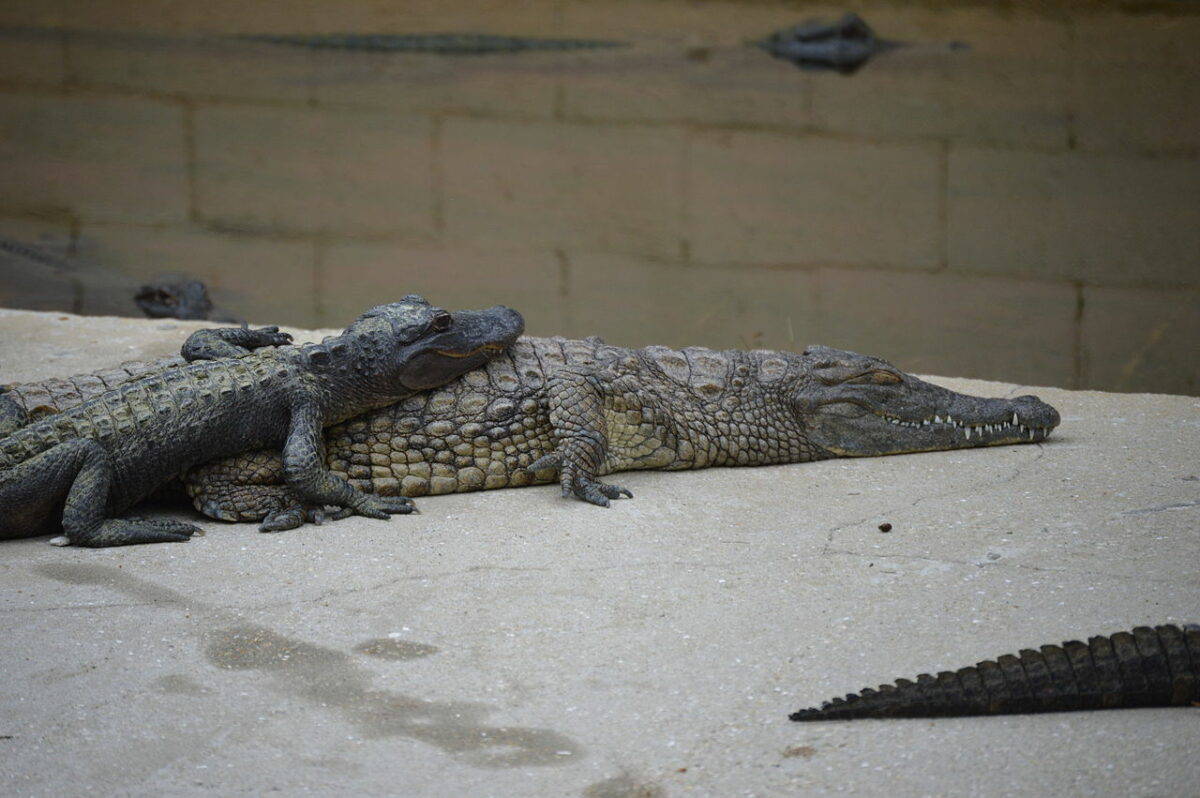
Capturing the record-breaking crocodile was no simple task. The operation in 1961 was led by a specialized team of Florida wildlife officers who had received reports of an unusually large crocodile that had been spotted near residential areas, raising safety concerns. After tracking the animal for several weeks, the team used specialized harpoons, ropes, and restraining devices to secure the massive reptile.
The capture operation lasted nearly six hours, with team members working carefully to avoid injury to themselves and the animal. The crocodile displayed remarkable strength, breaking several ropes and nearly capsizing one of the capture boats before finally being subdued. This dangerous endeavor highlighted the extreme caution required when dealing with apex predators of this size.
The Biology Behind Gigantism in Crocodilians
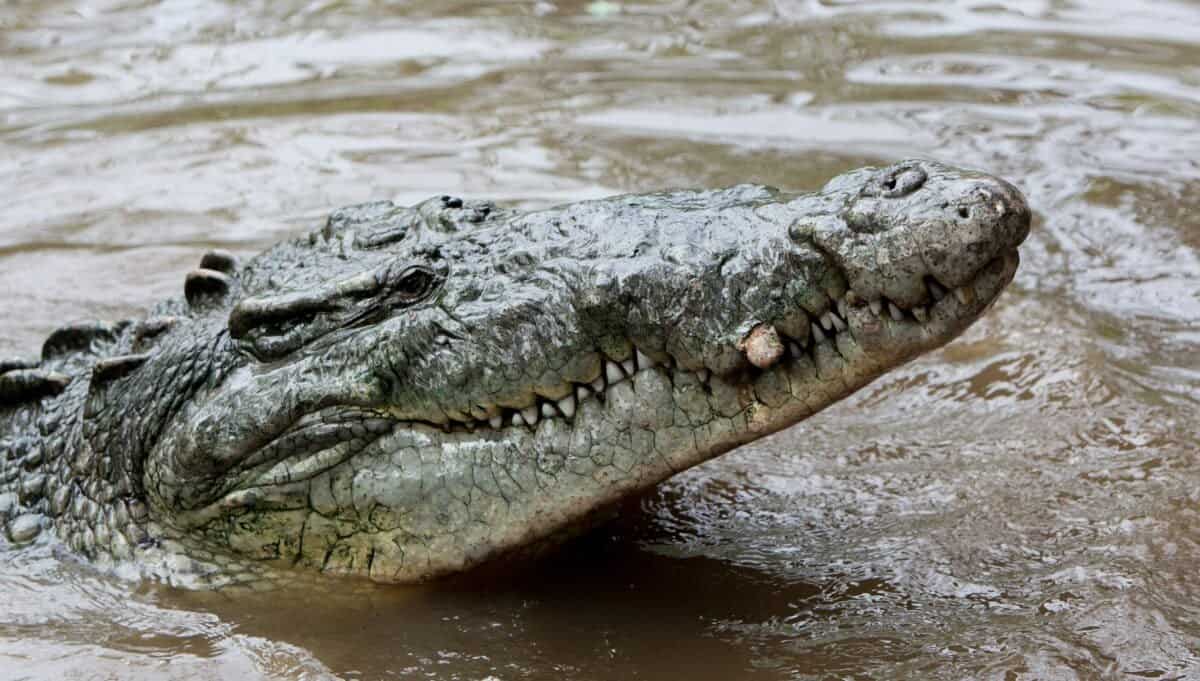
The exceptional size of the record Florida crocodile raises questions about the factors that contribute to gigantism in crocodilians. Unlike mammals, reptiles experience indeterminate growth, meaning they continue growing throughout their lives, albeit at decreasing rates as they age. Scientists estimate the record-holding crocodile was approximately 50-60 years old, allowing decades of growth.
Optimal environmental conditions including abundant food sources, ideal temperatures, and minimal human disturbance likely contributed to its exceptional size. Additionally, genetic factors play a role, as some individuals simply carry genetic predispositions toward larger size. Researchers continue to study the biological mechanisms that allow some crocodilians to reach such impressive dimensions while others of the same species remain more modest in size.
Historical Context: The Era of the Capture
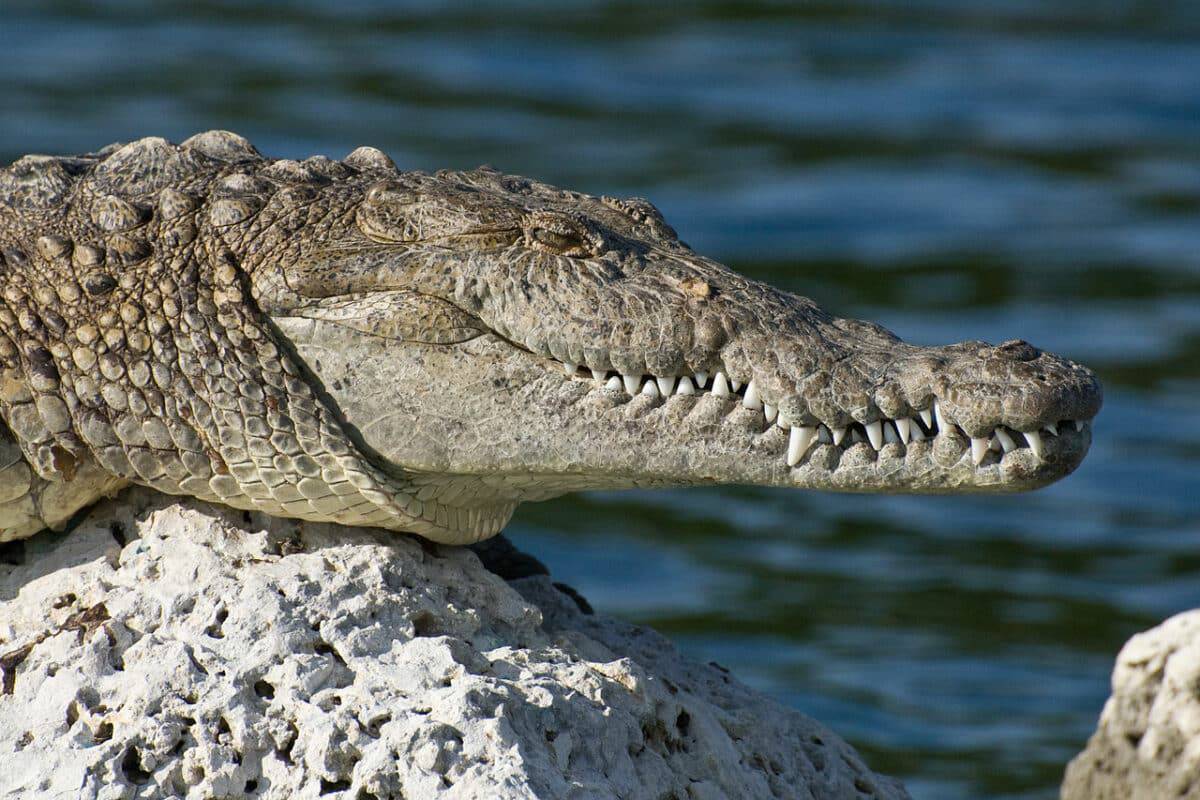
The early 1960s represented a pivotal time for wildlife conservation in America. When the record crocodile was captured in 1961, the American alligator was heading toward endangered status (officially listed in 1967), and the American crocodile population was already severely depleted due to hunting and habitat loss. The capture occurred before modern conservation laws and protocols were fully established.
In fact, the Endangered Species Act wouldn’t be passed until 1973. This historical context makes the documentation of the record specimen particularly valuable, as it provides a baseline understanding of the potential size these animals could reach in American waters before widespread habitat degradation and hunting pressure further reduced populations. The capture helped catalyze public interest in protecting these ancient predators.
The Scientific Significance of the Record Specimen

Beyond mere record-keeping, the capture of an exceptionally large crocodile provided valuable scientific data. Biologists were able to take detailed measurements, tissue samples, and conduct health assessments that contributed significantly to our understanding of crocodilian biology. The specimen helped scientists establish growth curves for the species, better understand their longevity potential, and assess the impact of environmental factors on crocodilian development.
Additionally, the animal’s stomach contents revealed important information about prey selection in large adult crocodiles, indicating they primarily targeted larger prey including wild boars, deer, and occasionally large aquatic species. Such data remains valuable for comparison with modern specimens, allowing scientists to track changes in crocodilian health and behavior over decades.
The Fate of the Record Crocodile

Following its capture, the record-breaking crocodile was transported to the Miami Serpentarium, a renowned reptile research facility and tourist attraction founded by herpetologist Bill Haast. There, the animal lived in captivity for approximately 14 years, becoming a popular attraction that helped educate the public about crocodilians. During this time, researchers conducted regular health assessments and behavioral studies.
After its death in the mid-1970s, the specimen was preserved and eventually transferred to the Florida Museum of Natural History, where portions of its skeleton and hide remain today as important scientific specimens. Though modern ethical standards would likely have resulted in different handling procedures today, the knowledge gained from this specimen has proven invaluable to crocodilian conservation efforts.
Modern Records and Verification Challenges

While many claims of larger crocodiles in American waters have surfaced over the years, verifying such reports presents significant challenges. In the age of digital manipulation and social media, photographs can be altered, and stories exaggerated. Scientific verification requires official measurement by qualified personnel using standardized techniques, preferably with multiple witnesses and photographic evidence.
Several reports of 16+ foot crocodiles in Florida have emerged in recent decades, but none have been officially verified to surpass the 1961 record. Wildlife authorities employ strict verification protocols that include measuring the animal along a straight line from snout tip to tail tip (not following the curve of the body, which would yield larger measurements), and official weighing on calibrated scales. These stringent requirements ensure the integrity of the record.
The Conservation Status of American Crocodiles Today
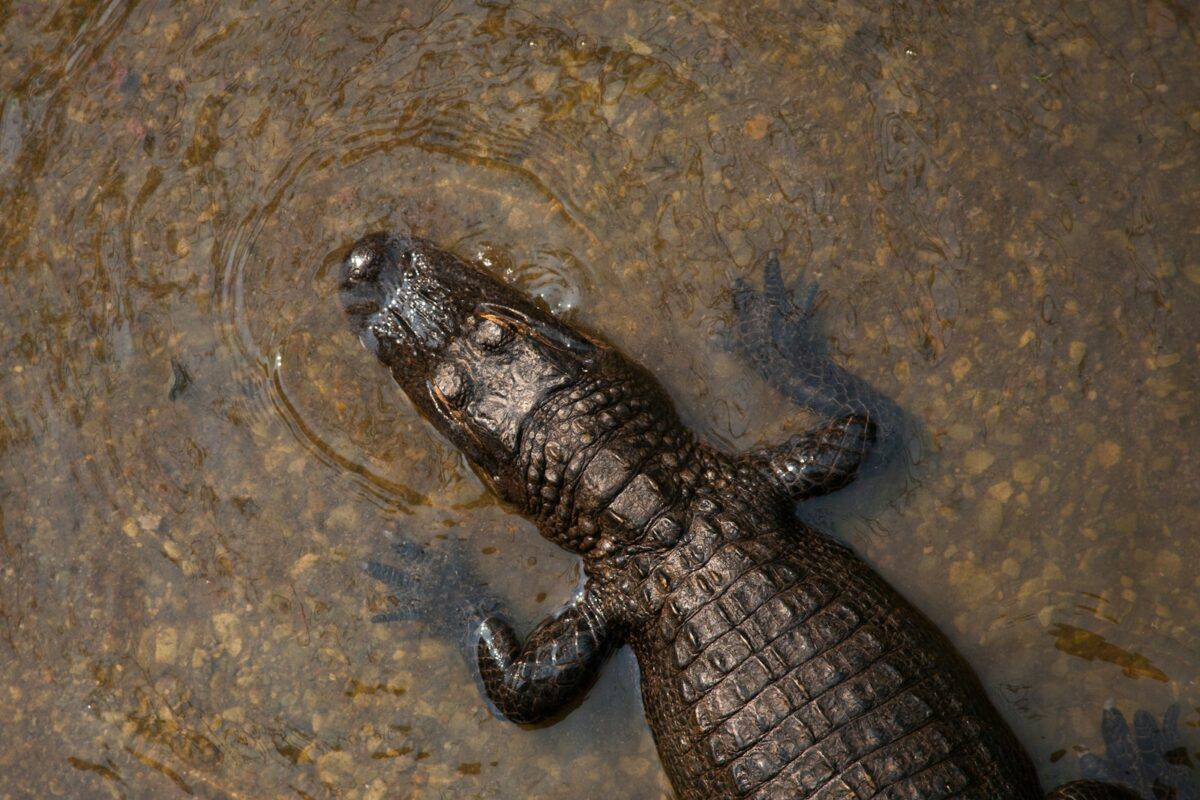
American crocodiles have experienced a remarkable conservation success story since the capture of the record specimen. Listed as endangered in 1975, the species has recovered significantly thanks to habitat protection, hunting restrictions, and public education efforts. In 2007, their status was upgraded from endangered to threatened under the Endangered Species Act, though they remain protected.
Current population estimates suggest approximately 2,000 adult American crocodiles in Florida, with larger populations throughout their Caribbean and Central American range. The protection of nesting areas, particularly in Everglades National Park and the Turkey Point Power Plant cooling canals, has been crucial to this recovery. However, habitat loss, climate change, and human conflict continue to pose challenges to the species, especially as Florida’s human population expands into previously wild areas.
Could Larger Specimens Exist Today?
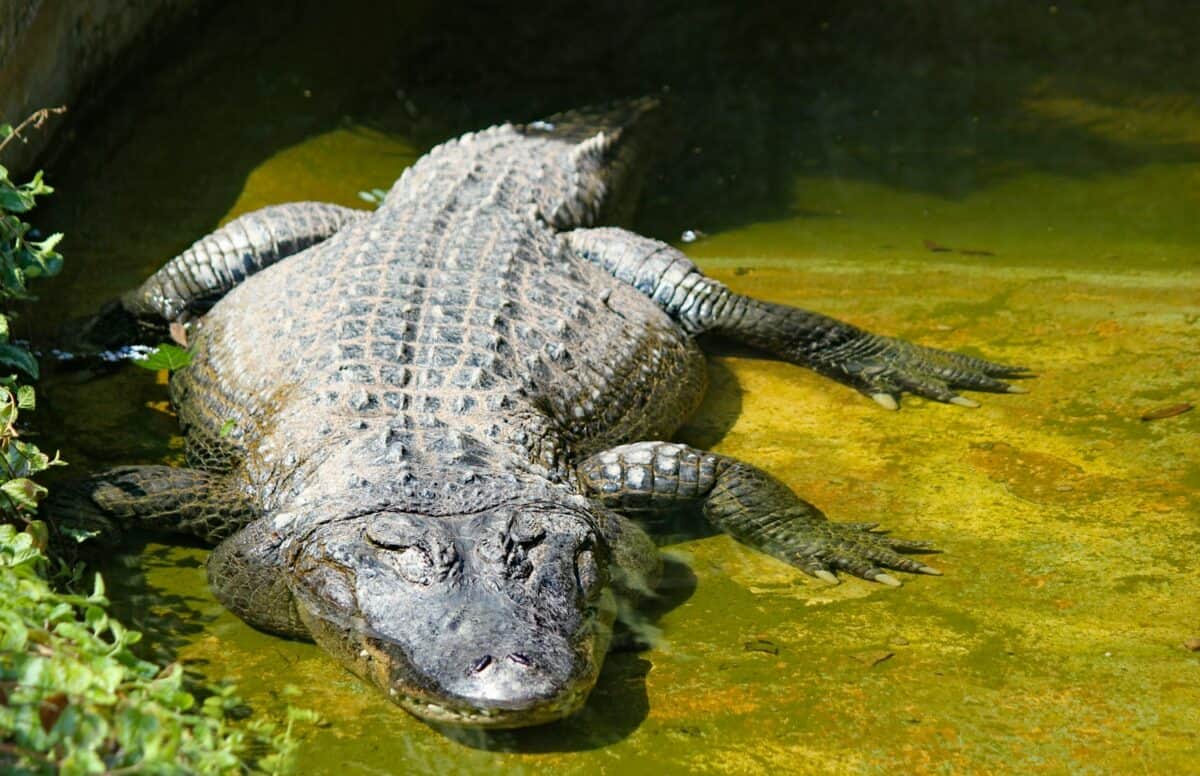
Wildlife biologists remain open to the possibility that crocodiles rivaling or exceeding the 1961 record could exist in American waters today. Several factors support this hypothesis. First, the protected status of American crocodiles for nearly five decades has allowed many individuals to reach advanced age. Second, improved water quality and prey availability in some protected areas provide optimal conditions for maximum growth.
Third, remote areas of the Everglades and Florida Bay remain relatively unexplored and could harbor large, undocumented specimens. However, the increased human presence throughout southern Florida makes it less likely that truly exceptional specimens could remain undetected for long. Wildlife officials regularly conduct surveys but have yet to document any crocodile exceeding the historic record. The scientific consensus suggests that while not impossible, a new record would represent an exceptionally rare occurrence.
The Impact of Climate Change on Crocodilian Size

Climate change introduces new variables into predictions about potential maximum crocodile size in American waters. Rising temperatures could theoretically benefit crocodilians by extending their range northward and lengthening their annual active period, potentially allowing for increased feeding opportunities and growth. However, this simplistic view is complicated by other climate-related factors.
Sea level rise threatens critical nesting habitat, increased storm intensity can destroy nests, and changes in precipitation patterns may alter prey availability and habitat suitability. Additionally, warmer temperatures can affect sex ratios in crocodilian eggs, potentially creating population imbalances. Scientists continue to monitor these complex interactions, but the net effect of climate change on maximum potential size remains uncertain and is likely to vary significantly across different habitats.
Conclusion: The Legacy of America’s Largest Crocodile

The 15-foot, 5-inch American crocodile captured in 1961 represents more than just a statistical record; it stands as a symbol of the magnificent potential of America’s native wildlife when allowed to thrive in suitable habitats. This record specimen has contributed significantly to scientific understanding of crocodilian biology, growth patterns, and ecological requirements. Its capture marked a turning point in American awareness of these ancient predators, helping to catalyze conservation efforts that eventually brought the species back from the brink of extinction. As we look to the future, the legacy of this magnificent creature reminds us of our responsibility to preserve the wild spaces and ecological conditions that allow such exceptional animals to exist. The story of America’s largest crocodile is ultimately a testament to the resilience of nature and the importance of continued vigilance in wildlife conservation.
- The Most Venomous Jellyfish in the Ocean—And What Happens If You’re Stung - August 23, 2025
- This Tiny Bird Can Fly Nonstop for Over a Year Without Landing - August 23, 2025
- The Largest Wolf Ever Recorded Was the Size of a Pony - August 22, 2025

